Excursions
Sri Lanka has a diverse type of attractions.
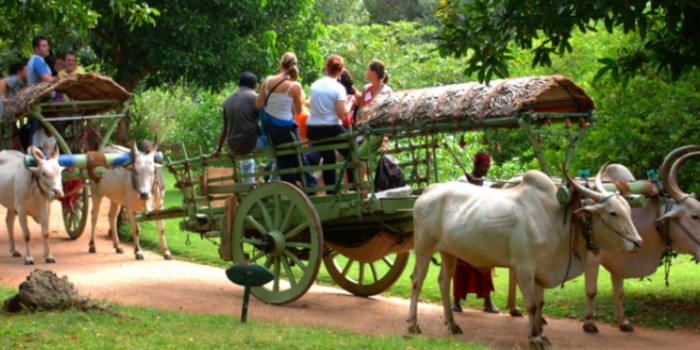
Sigiriya Village Tour
Experience Sri Lankan rural life. Spend time with the villagers and understand their lifestyles. Engage in many rural activities that are part of the everyday lives of the villagers; such as oxen cart rides, a catamaran rides and a walk through the fields. Learn to cook traditional Sri Lankan food. End your tour with an exceptionally delicious buffet lunch, served in a rustic Sri Lankan fashion. This is your truly Sri Lankan holiday experience.
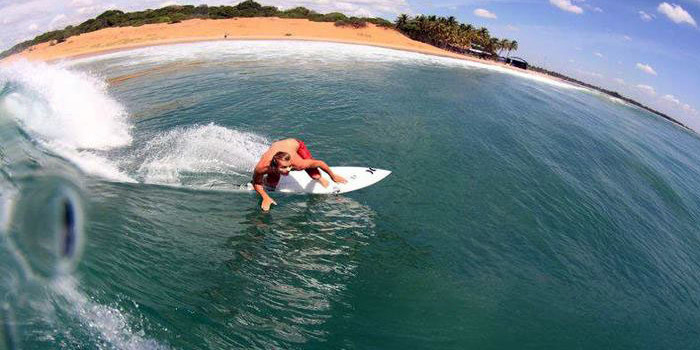
Surfing
-Sri Lanka is a famous surfing destination that caters to all experience levels. There are waves for learning how to stand on a surf board and there are tubes over shallow waters with sea urchins that make the wave even more exciting. The country has different seasonal patterns on each side of the island; when one coast is choppy, the other is calm. The rains take turns hitting the coast from different directions, making Sri Lanka a year round surf option. The main surfing season for the south is from November to May – that’s when the waves are utter perfection. The best season on the east coast is from April to October, when the waves are longer. Here’s what you need to know: there will always be waves somewhere.
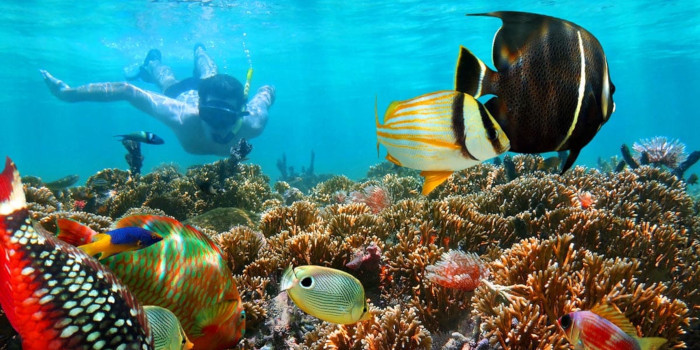
Snorkeling
Snorkeling is the best way to view underwater life in the shallow seas ofSri Lanka. The snorkeling gear can be bought or rented in the area. Almost every beachside shop has them. Snorkeling helps view the corals and shoals of fish without damaging them. You can also see the colorful live corals that live somewhat deeper. This is because even though the corals in the area are protected now the ones closer to the beach and surface have died out due human carelessness. It is important to note, though, that the shallow waters around Hikkaduwa can become quite crowded, especially during the peak tourist season. This can make it difficult to snorkel safely.
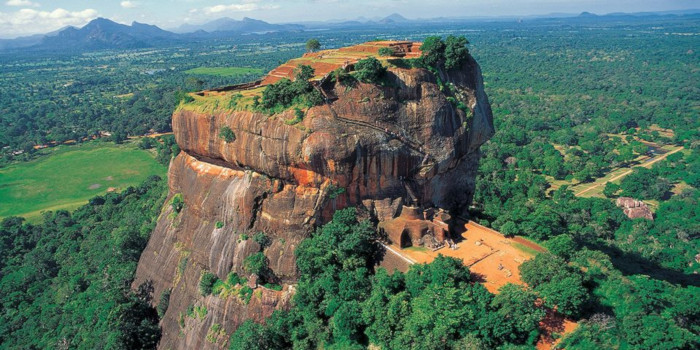
Sigiriya Rock
Sigiriya Rock Fortress is located on a flat surface of a gigantic gneiss rock that towers dramatically. Its vertical walls rise up forming a kingdom of Kassapa where now only the ruins of an ancient civilization exist. In addition, in order to get there, if you are brave enough, you will have to climb a series of staircases that are attached to rock walls.Once you enter the fort, you will get to witness the ruins, frescoes and water gardens around the premises and the sight of the magnificent rolling hills and forest from the fort will simply baffle you.
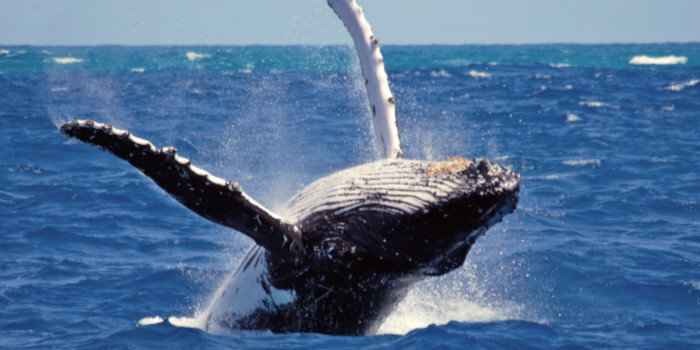
Whale Watching
To see aBlue Whale in its natural habitat is something most of us can only dream of. To see more than one in a lifetime would be very rare experience reserved for a fortunate lot.The ever smiling, mischievous dolphins will put on a show while some of the oldest and the largest sea creatures, the humpback and the blue whales, will nonchalantly glide past you, when you embark on a whale/ dolphin watching excursion off the Southern, Eastern or the West coast of Sri Lanka. The ideal locations for whale watching would be Dondra Point (accessible from Galle, Hikkaduwa and Mirissa) and Trincomalee while the sea off Kalpitiya teems with an abundance of dolphins.
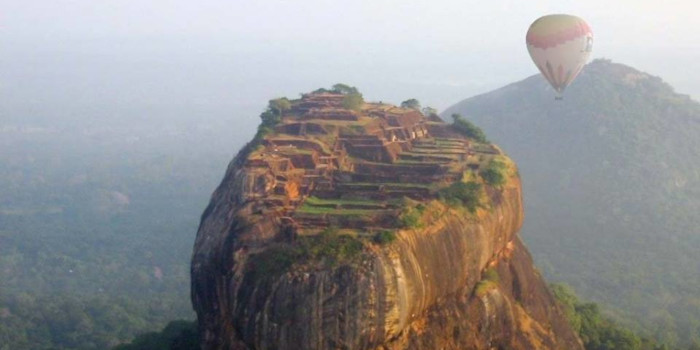
Hot Air Balloon
A great way to experience the exhilaration of flight with a bird’s eye view of the area below, a silent ride through the sky, an excursion that has caught on fast with locals and tourist alike is hot air ballooning, drifting gently over the cultural triangle, or a wildlife park in a hot air balloon will be unforgettable, actually nothing beats a hot air balloon excursion across the central plains in our opinion. Hot air ballooning tours are available from the north central plains of the island and be carried away under blue skies and over the landscape dotted with many little man-made lakes, one might even spot an elephant near these tanks, ancient monuments, propose to your fiancée in a hot air balloon, celebrate your birthday in a hot air balloon! Functioning from Dambulla, the service is available From December to March.
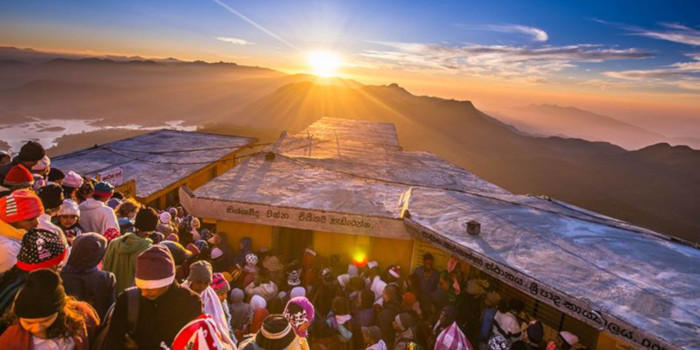
Adams Peak
Peak-Jutting sharply skyward from the lush jungles of southwestern Sri Lanka is the 7362 foot (2243 meter) peak of Sri Pada, the 'Holy Footprint'. Also called Adam's Peak, the mountain has the unique distinction of being sacred to the followers of four of the world&'s major religions: Hinduism, Buddhism, Christianity and Islam. Long before the development of these religions, however, the mountain was worshipped by the aboriginal inhabitants of Sri Lanka, the Veddas. Their name for the peak was Samanala Kanda; Saman being one of the four guardian deities of the island. For Hindus, the name of the mountain is Sivan AdiPadham, because it was the world-creative dance of the god Shiva that left the giant footprint (5 feet 7 inches by 2 feet 6 inches). According to Buddhist traditions from as early as 300 BC, the real print is actually beneath this larger marking. Imprinted on a huge sapphire, it was left by the Buddha during the third and final of his legendary visits to Sri Lanka. When Portuguese Christians came to the island in the 16th century they claimed the impression to be the footprint of St. Thomas who, according to legend, first brought Christianity to Sri Lanka. And finally, the Arabs record it as being the solitary footprint of Adam where he stood for a thousand years of penance on one foot. An Arab tradition tells that when Adam was expelled from heaven, God put him on the peak to make the shock less terrible - Ceylon being that place on earth closest to and most like heaven.

Ella
Ella is one of the most famous places in the tropical island Sri Lanka. It’s well-known for many reasons; but primely, the natural paradise around the location and tourist town there that becomes party central once dusk falls. The Ella town itself is surrounded by the beautiful hills of the Central highlands; covered in rolling green tea estates, the tall trees of cloud forests, and interesting natural formations. The town is a delight to be in as it maintains its originality and rural feel while still catering to the thousands of tourists that visit it during seasonal highs. Oh, and it has a rather hippie vibe and has some of the best eateries in the island.